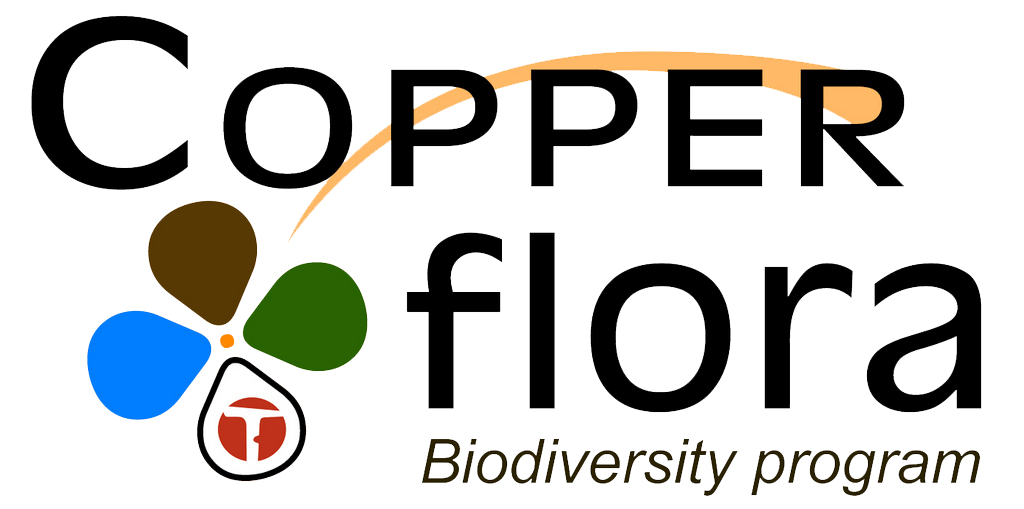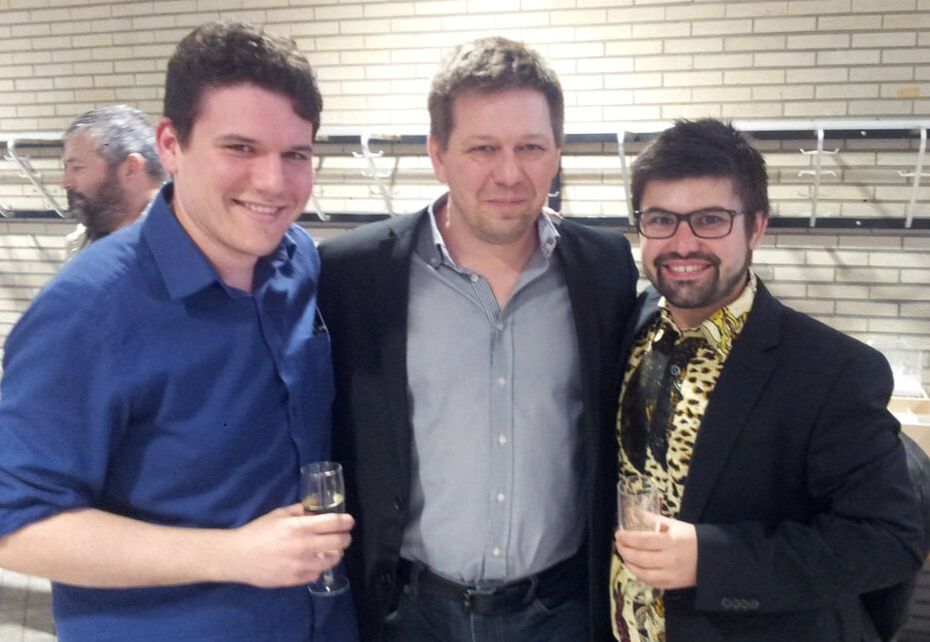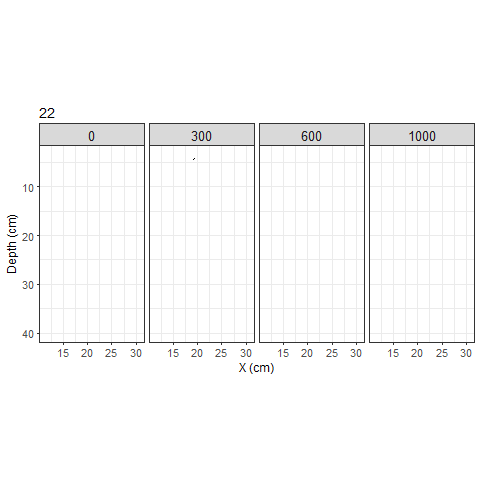How it began
|
Plant species that have developed tolerance mechanisms to be able to grow and survive on soils with high copper (Cu) and cobalt (Co) concentrations can be found in Katanga (Democratic Republic of Congo, Africa). Such plant species are referred to as metallophytes. This copper flora is recognized as a biodiversity hotspot: over 10% of the more than 550 recorded taxa recorded in Cu-Co plant communities are endemic. Despite its unique biological characteristics, however, this copper flora is severely threatened by mining activities occurring in that region.
|
|
For more than 10 years, researchers from Belgium, DR Congo, and France have been working together as part of the Copper Flora Research and Conservation Project to gain more knowledge on the ecology of metallophytes, as well as to develop conservation and restoration strategies to protect this unique flora. This is in this context that this research project began.
In 2018, Vicky Temperton and I started a collaboration with Prof. Grégory Mahy and Dr Sylvain Boisson, two researchers from the Biodiversity and Landscape Unit of Gembloux Agro-Bio Tech and leaders of the Copper Flora consortium. The idea behind this collaboration is to understand how soil copper concentration affects the root system architecture of metallophytes found in the Katangan copper belt. Our hope is to be able to use the knowledge gained from our research to improve conservation and restoration strategies of metallophytes growing in Katanga. |
Let's set up a rhizobox experiment
|
The first step of this collaboration was to design an experiment to answer the following question:
How does soil copper concentration affect the root system architecture of metallophyte species growing in the Katangan copper belt (DR Congo)?
|
With the great help of Tatjana Allers, a master student from Leuphana University Lüneburg and Arizona State University, we set up a rhizobox experiment in a growth chamber. In this experiment, we grew two perennial endemic species from Katanga (Lopholaena deltombei and Diplolophium mathozianum) at four soil copper concentrations ranging from 0 to 1000 mg Cu/kg soil. Twice a week, we took pictures of the root systems growing in the rhizoboxes and analysed the images using the semi-automated root image analysis software SmartRoot.
We are still analysing data from this experiment, but it is clear from the data that we already have that soil copper concentration has a strong effect on the root system architecture of the two metallophytes investigated in this study. More to come later :-) |



